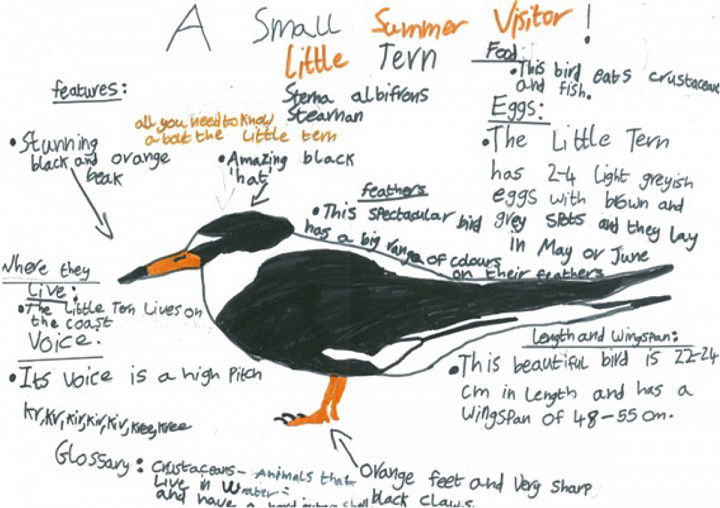Module 2
Research local seabirds - which species are there and how safe are they?
Consider your local area. How many different seabird species can you identify? What do you look for to help you identify bird species? If your island/nearest island has many predators, then research a nearby seabird colony which has fewer/no predators. Depending on class size, this might be best done in groups looking at each question or as a whole class. The image below is an example of some research conducted by a Scottish school pupil.
